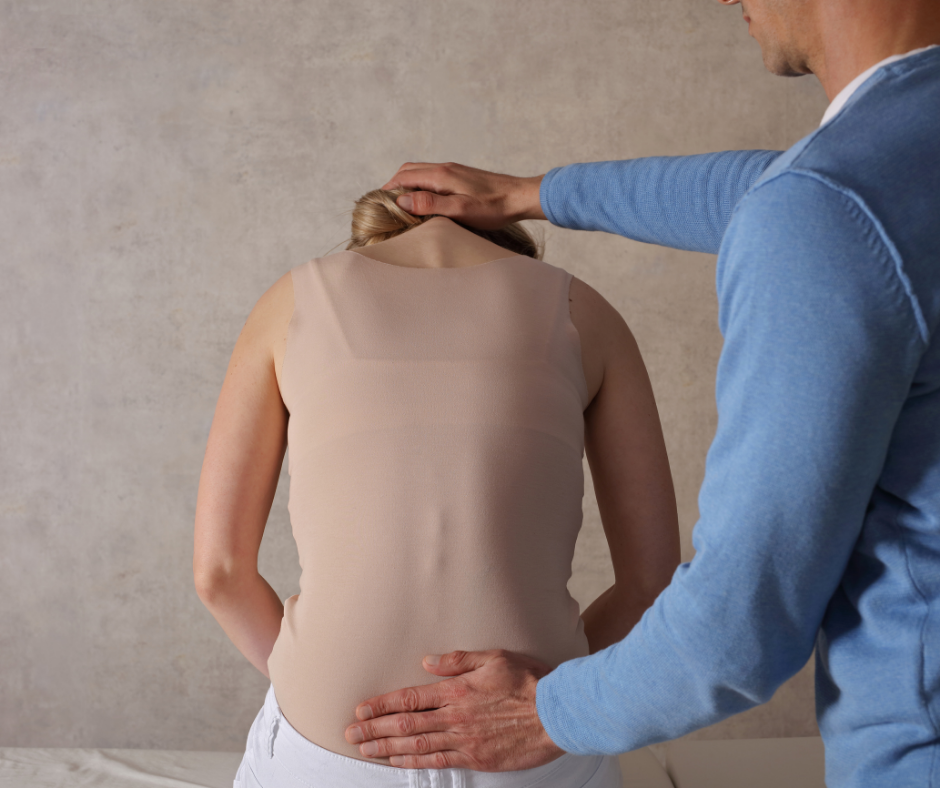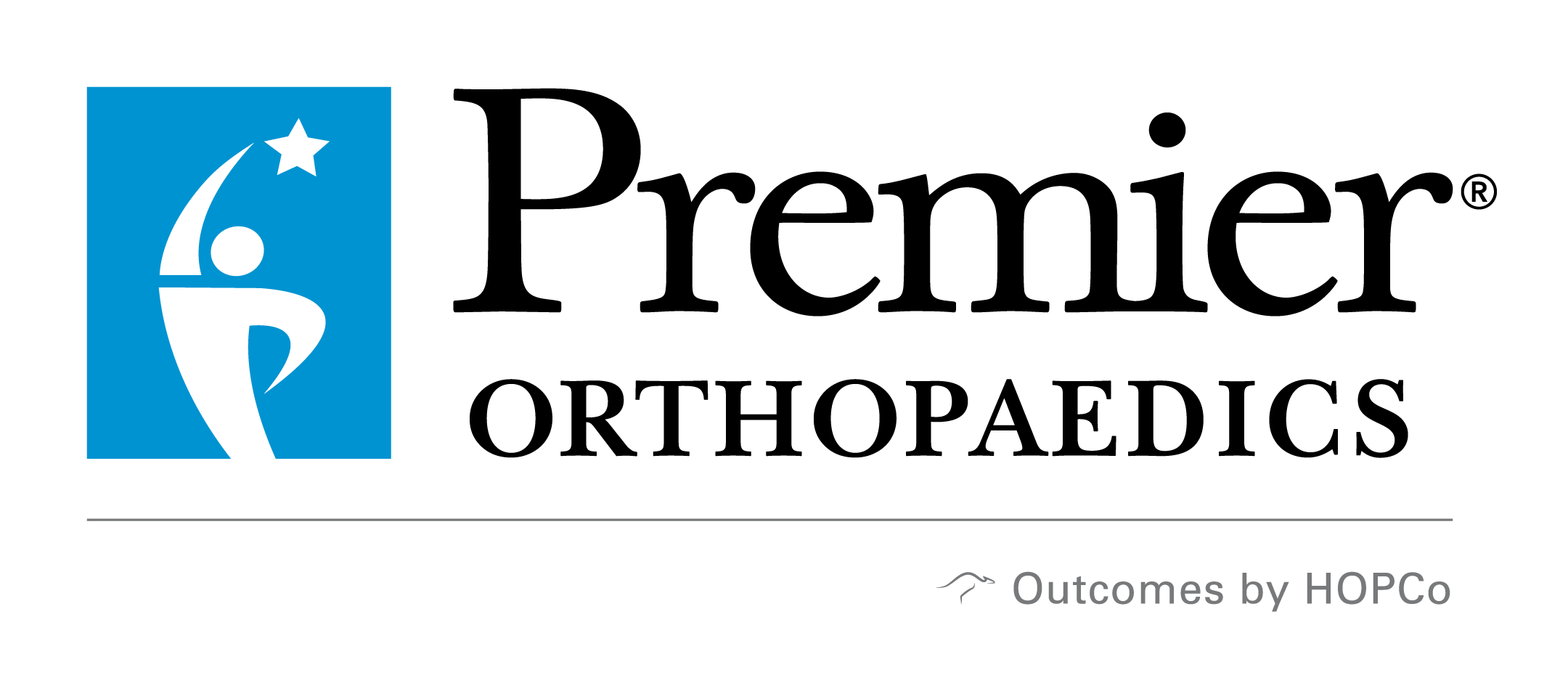Are you a fitness enthusiast or a dedicated athlete who has suddenly been sidelined by a nagging, persistent pain in your calf and ankle? That sharp or aching sensation that flares up during or after activity could be the result of Achilles tendonitis. The Achilles...
We’ve all seen soccer players sidelined by common but painful injuries like ankle sprains, knee ligament tears, and muscle strains. The combination of running, sudden stops, quick cuts, and potential physical contact makes the body, particularly the lower extremities,...
Spinal cord injuries are among the most serious and life-altering injuries a person can sustain. The spinal cord, a complex bundle of nerves, is the primary pathway for communication between the brain and the rest of the body. When it’s damaged, a patient could be...
Adult Scoliosis – How is it Diagnosed and Treated?

By Mark Tantorski, D.O., spine surgeon at Premier
Adult spinal deformity and scoliosis are relatively common spinal disorders treated by spine specialists. The actual prevalence in society is not well known. However, it is estimated to be as high as 25% in the general population. Scoliosis is an abnormal curvature of the spine from side to side. Typically, the curve is 10 degrees or more. In the adult population, the abnormal curvature occurs due to the progression of adolescent scoliosis or a consequence of degenerative changes in the spinal column.
The degree of abnormal curvature can range from mild to severe. Often, adult scoliosis does not cause any symptoms and individuals live life without any issues or problems. As the degree of abnormal curvature increases, a multitude of signs and symptoms may occur. Usually, changes in posture and body symmetry are the signs that scoliosis may be developing.
Developing pain due to degenerative changes and muscle imbalance can occur. Progressive neurologic symptoms including radiating pain and numbness in extremities are possible. Muscle weakness due to nerve compression can also appear. In more severe cases, there can be spinal cord compression leading to the inability to walk. Compression of internal organs, including the lungs, can occur, leading to difficulty with breathing.
Definitive diagnosis is achieved with imaging through a combination of special X-rays, CT scans and MRIs. Treatment is based on the degree of abnormal curvature, as well as an individual’s presenting symptoms. A round of anti-inflammatory medication along with physical therapy is usually the first line of defense. Injection therapy may also be used to help relieve certain symptoms. Although bracing is commonly used in adolescent scoliosis, it is rarely used for adults. As the abnormal curvature increases and symptoms become more profound, corrective surgery becomes an option. The goal with any scoliosis surgery is to restore normal balance of the spinal column related to an individual’s center of gravity.
If scoliosis is suspected, being evaluated by a spine specialist that treats this type of disorder regularly is recommended.
Dr. Tantorski sees patients Kennett Square, West Chester and West Grove. To schedule an appointment, please call the office at 610-692-6280.
